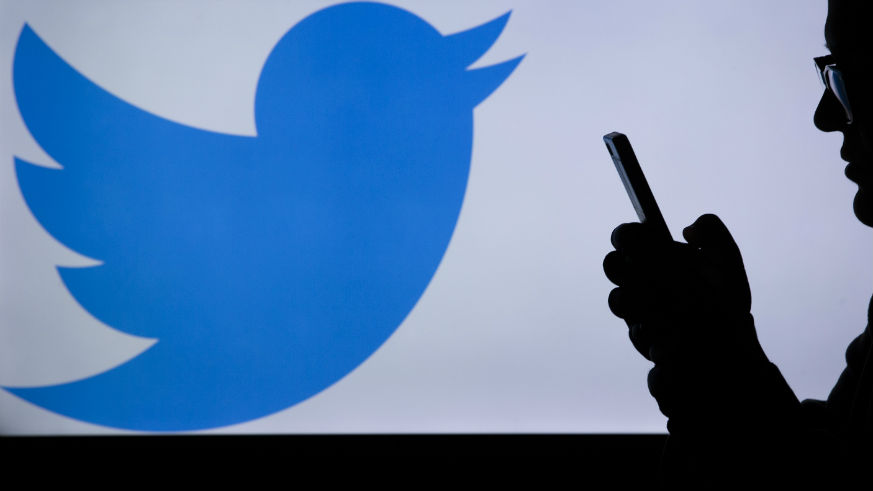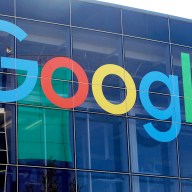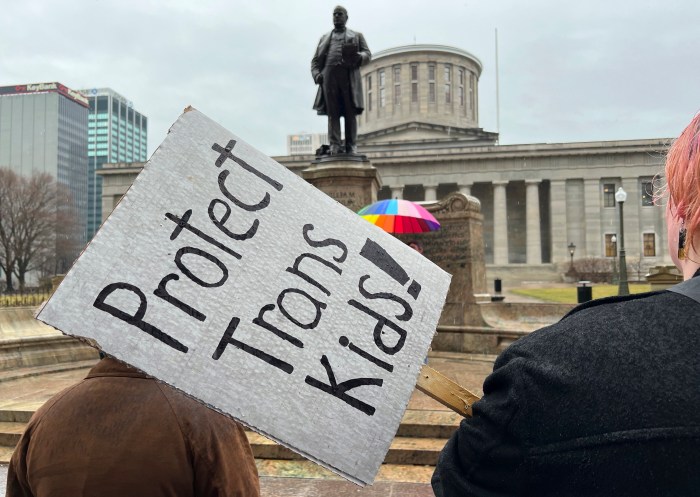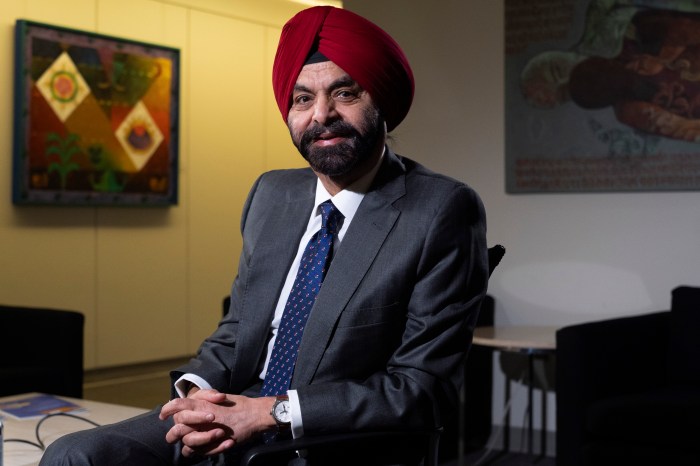Places where “fake news” was consistently read during the 2016 presidential campaign had a close correlation with Trump voting, according to a paper written by a team of Microsoft researchers.
The team looked at data from Internet Explorer and Edge browsers from July 2016 to Election Day, measuring visits to 70 sites that met Wikipedia’s definition of fake-news outlets. They found that areas where fake news was highly read had high patterns of voting. “The average daily fraction of users visiting fake news websites is highly correlated with geographic voting patterns at the state level,” said the report, which the researchers presented at an information-management conference late last year. “States or counties experiencing more fake news visitations also tended to vote for Donald Trump. These correlations remain high throughout the election campaign, peaking in October.”
The report noted that during the 2016 campaign, 80% of fake news came from just five sites: endingthefed.com, thepoliticalinsider.com, infowars.com, americannews.com and libertywriternews.com.
The report also said that from July to November 2016, 68 percent of traffic to fake-news sites came from social media, and 99 percent of social-media traffic came from Facebook.
The study’s authors warned that correlation isn’t causation — it’s not clear that fake news convinced people to vote for Trump — and noted that their study has limitations: Fake news is hard to define, and the study only tracked Internet Explorer users. Other browsers have yet to be studied, and 51 percent of Facebook traffic comes from mobile phones.
After launching then quickly discontinuing a Fake News flag that would alert readers to fraudulent news stories, Facebook has shown signs that it’s throwing in the towel in the battle against fake news. The company announced last week that it would be changing the algorithm that powers users’ News Feeds, de-emphasizing news from publishers and prioritizing posts by friends and family.



















